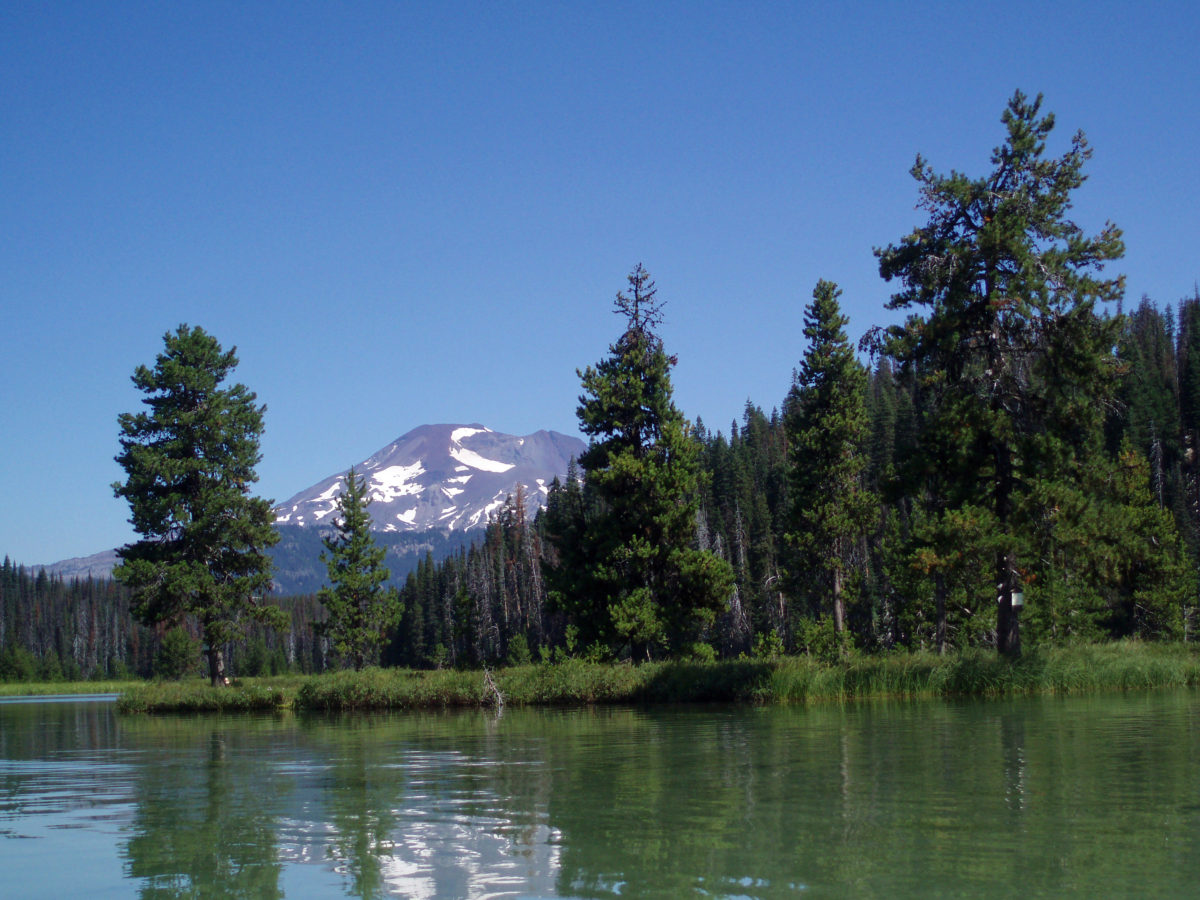Hosmer Lake is located just off the Cascade Lakes Highway, about 30 miles west of Bend, Oregon. The water is cold and crystal clear, and the scenery is spectacular. Mount Bachelor (elevation 9065 feet) rises only a few miles to the east, and the 10,358-foot South Sister and 9173-foot Broken Top are only slightly farther away, in full view to the north.
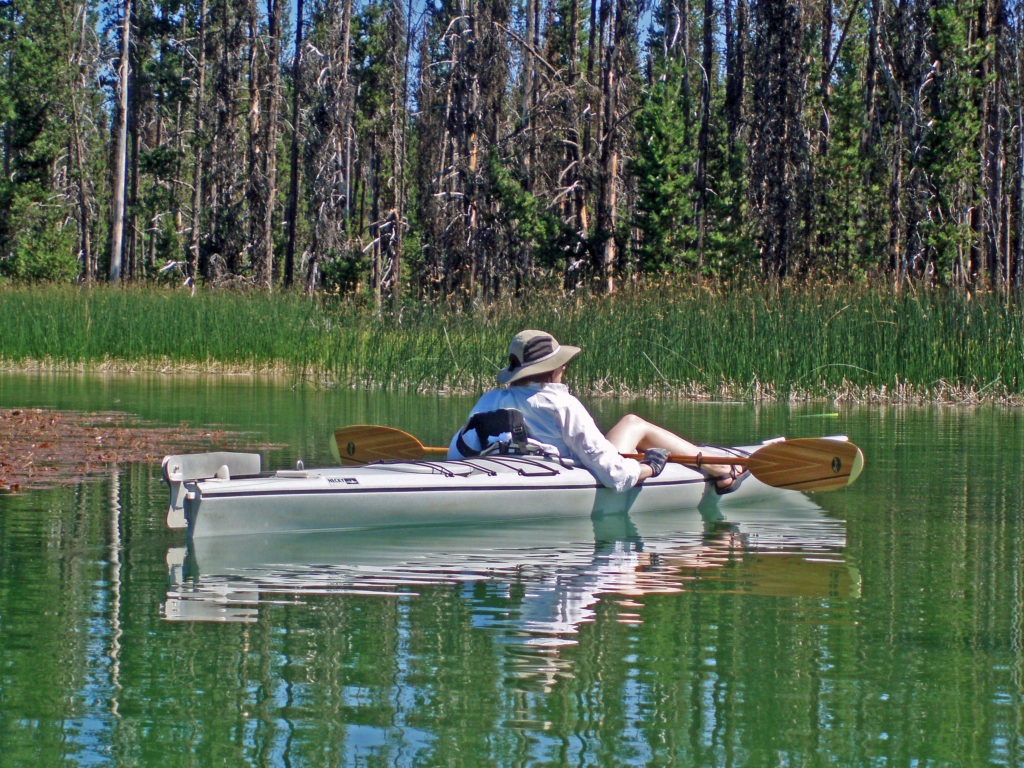
The photos here are from a summer day of kayaking on Hosmer a few years ago.
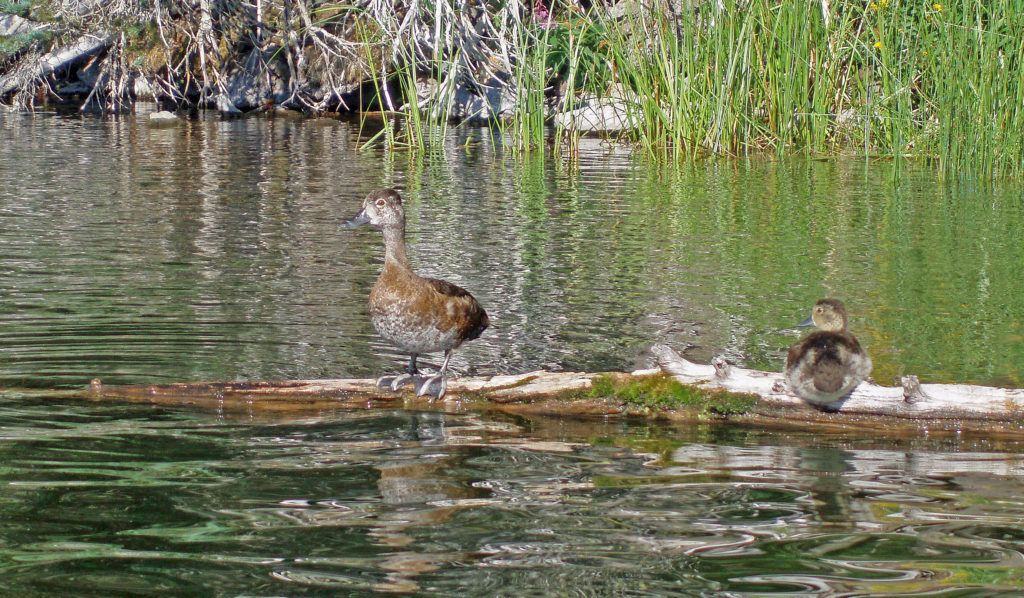
Hosmer Lake is an interesting body of water, well on its way to becoming a marsh or a meadow (in a few thousand years, perhaps). Big Marsh, about 40 miles to the south is an example of a former lake that has become all marshland. The technical term for this process is lake succession if you’re interested in learning more about it.
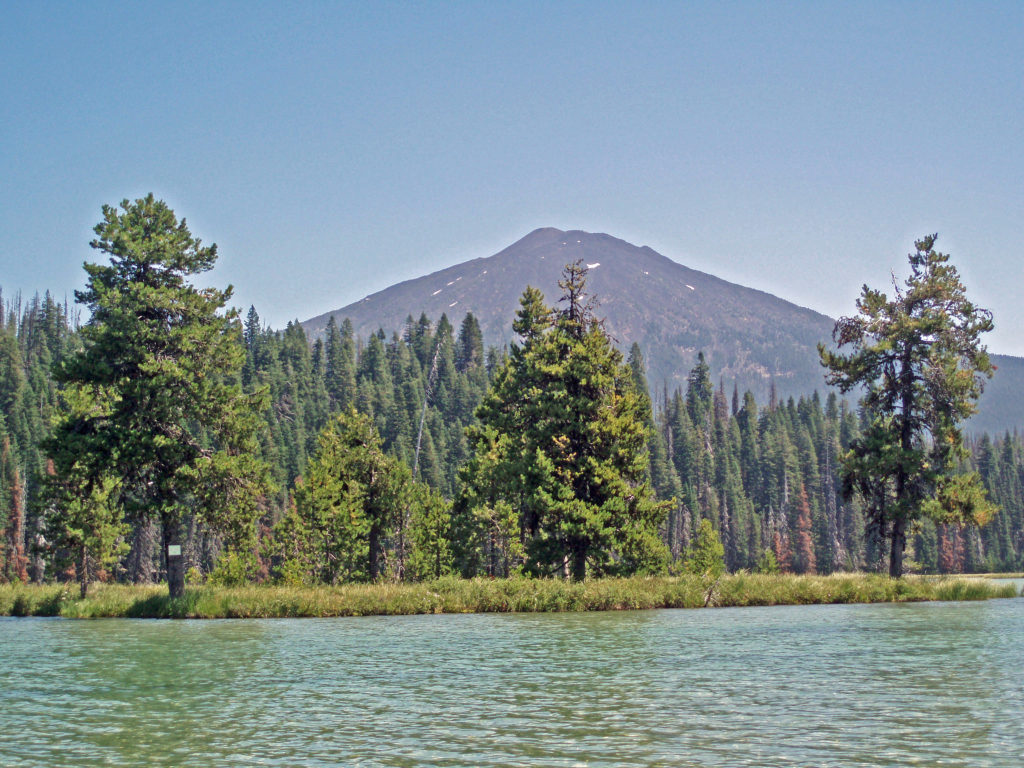 Hosmer Lake is a mix of open water and reeds, rushes, water lilies, and other marsh plants. Motorized craft (except for electric motor powered) are not allowed on the lake, which makes it ideal for kayaking or canoeing. It’s also not a big lake at 160 acres, so you can easily explore it all in an afternoon.
Hosmer Lake is a mix of open water and reeds, rushes, water lilies, and other marsh plants. Motorized craft (except for electric motor powered) are not allowed on the lake, which makes it ideal for kayaking or canoeing. It’s also not a big lake at 160 acres, so you can easily explore it all in an afternoon.
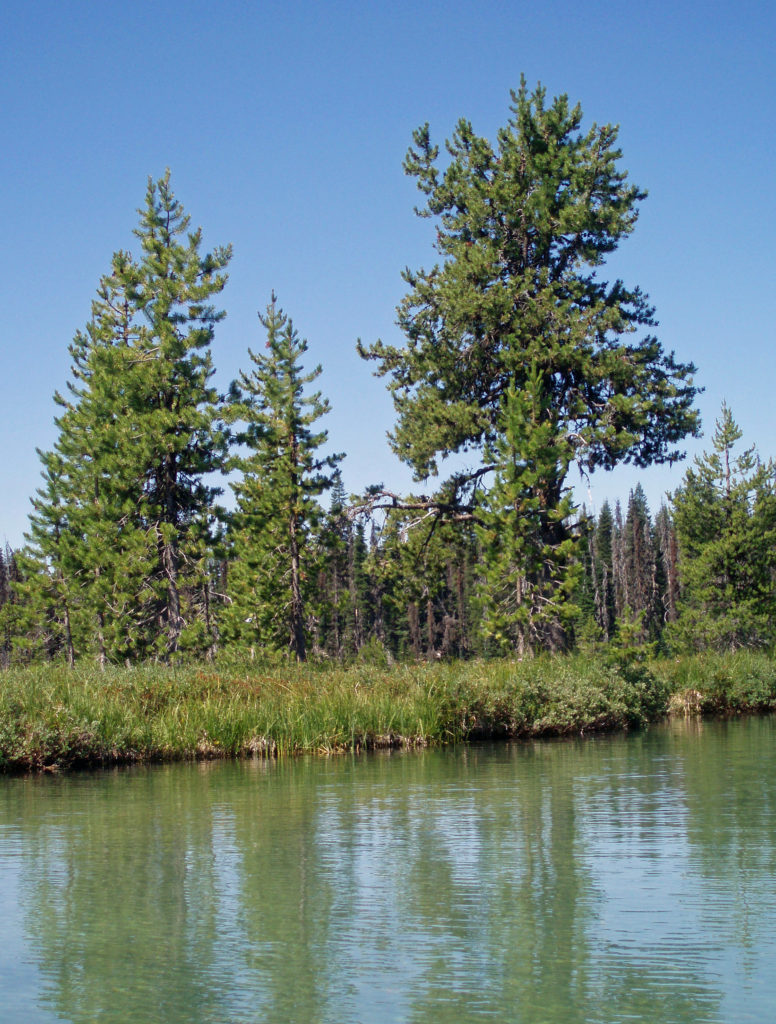
Hosmer is a popular fishing destination because it is one of the few lakes in Oregon that are stocked with Atlantic salmon. According to the Oregon Dept. of Fish and Wildlife, the Atlantic salmon average 16 inches in length and range up to 22 inches. It’s also stocked with brook trout, which run only slightly smaller. It is a fly fishing only lake, so that limits its use somewhat. My wife and I have kayaked there a number of times, and it’s never been crowded.
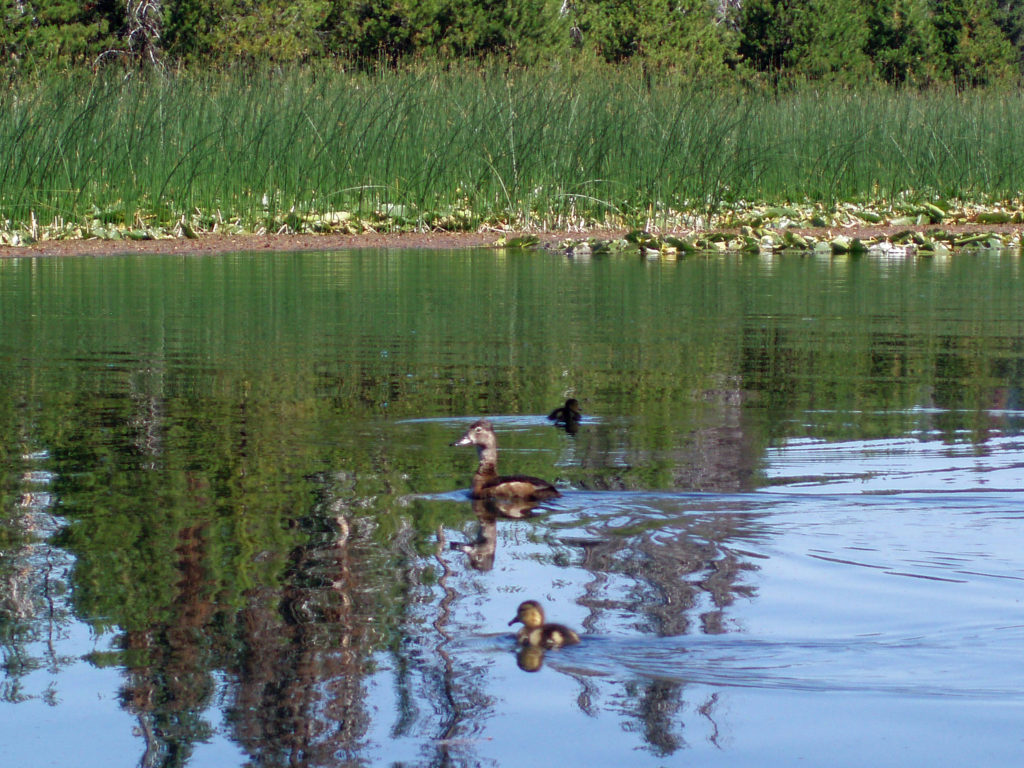
Hosmer Lake is also a popular birding area. Waterfowl and shore birds, such as American Bitterns, Virginia Rails, Sora, and Wood Ducks, are common. Red-winged and Yellow-headed Blackbirds are abundant during the breeding season and into the fall. And Clark’s Nutcrackers, Gray Jays and other birds can often be seen in the forest surrounding the lake. The relatively uncommon Three-toed and Black-backed Woodpeckers are also found in the surrounding area.
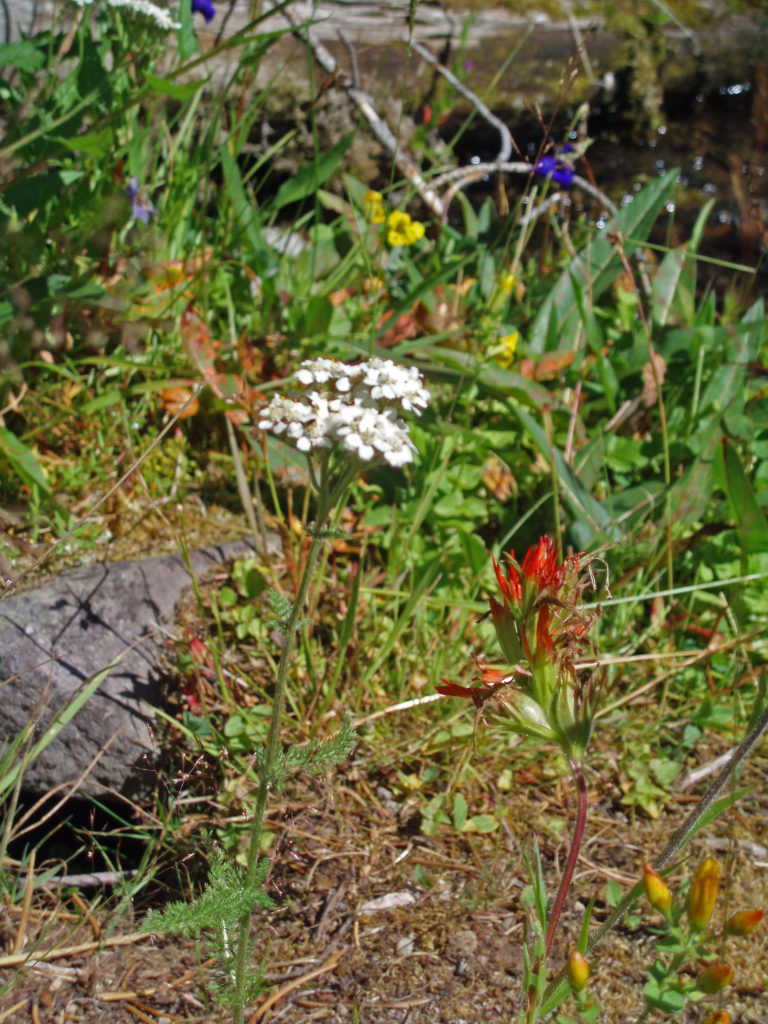
Elk and black bear also frequent the area. And let’s not forget the mosquitoes. Forget your insect repellent at your own risk here. Early in the season is especially bad.
At an elevation of 4966 feet, the recreational season is short at Hosmer. There may be snow and the lake may be still frozen until late May or even into early June some years, and the first snow in the fall can come anytime after the middle of September. But the short summer is glorious.
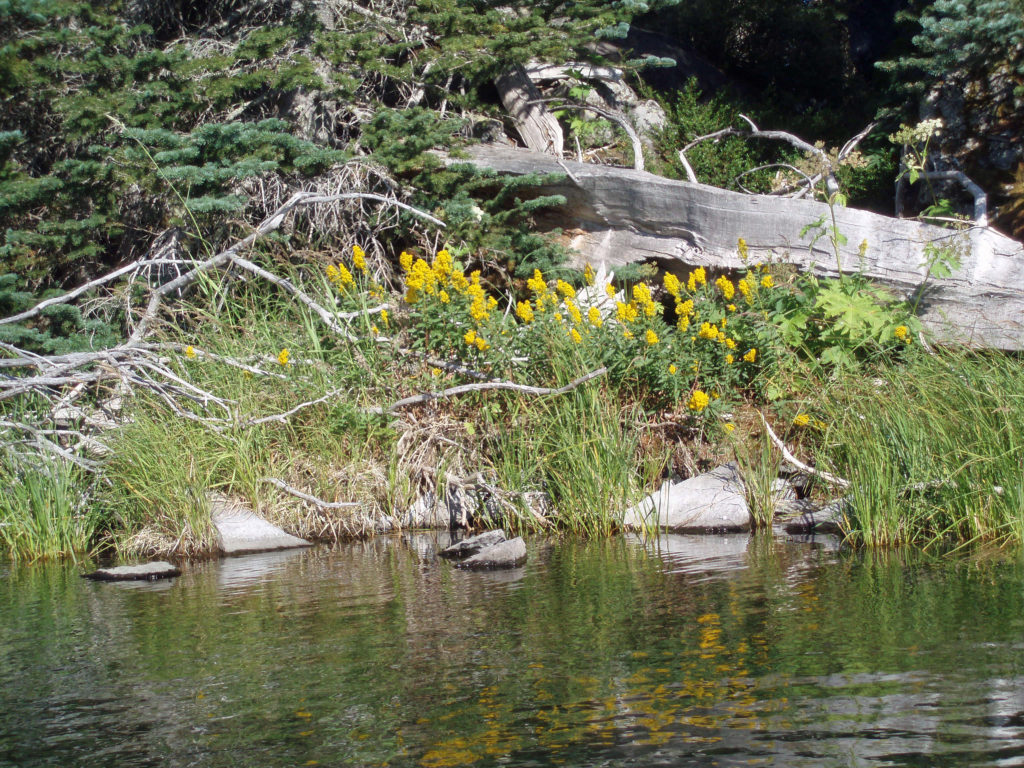
Hosmer is a good place to pitch a tent or park your RV. There are two small forest service campgrounds on the lake that have about 35 sites between them. Note that no water is available at theses campgrounds, so campers will need to bring their own. Water is available at Little Fawn Campground (8 sites) on the south end of nearby Elk Lake and there are many other forest service campgrounds in the surrounding area. There is also a resort at the north end of Elk Lake.
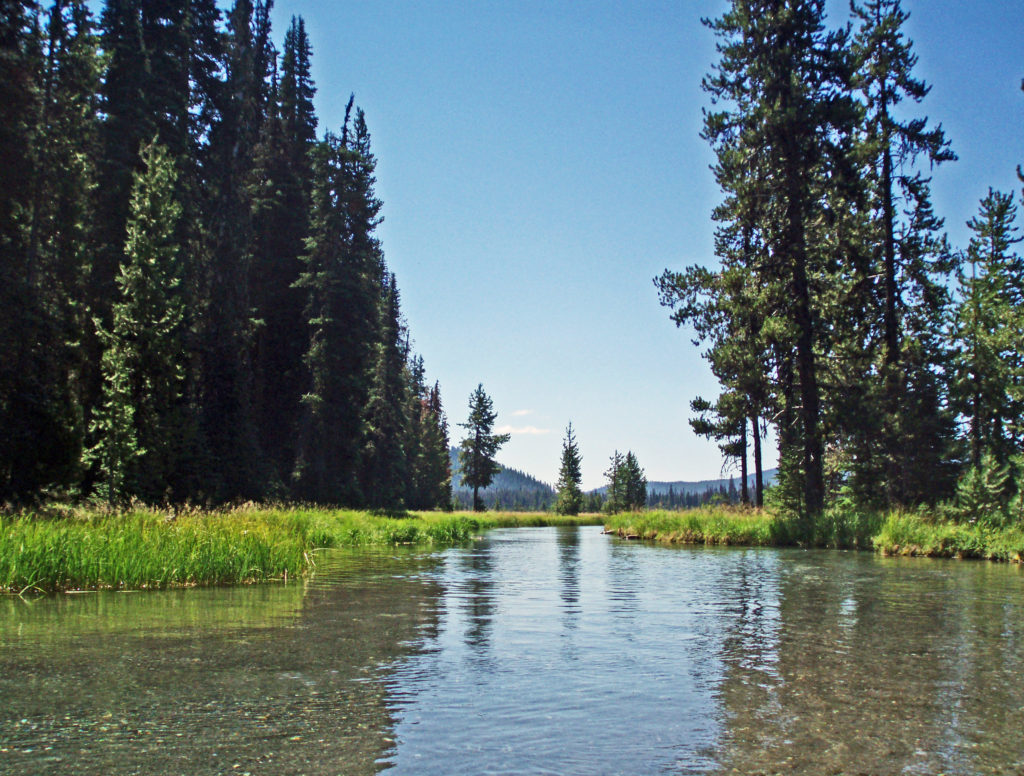 Hosmer Lake is fed by Quinn Creek, which flows into the north end of the lake. Quinn Creek is narrow and shallow, but it is possible to paddle up it for a ways. When we were there last, downed trees blocked our passage a few hundred yards from the mouth of the creek. We hauled our kayaks out of the water at that point and hiked along the creek to a small waterfall where we ate lunch and lingered awhile before heading back out on the water.
Hosmer Lake is fed by Quinn Creek, which flows into the north end of the lake. Quinn Creek is narrow and shallow, but it is possible to paddle up it for a ways. When we were there last, downed trees blocked our passage a few hundred yards from the mouth of the creek. We hauled our kayaks out of the water at that point and hiked along the creek to a small waterfall where we ate lunch and lingered awhile before heading back out on the water.
 Recalling our visits to Hosmer Lake, I’m eager now to get back to the area and get back on the water again. It’s a beautiful place, and one of my favorite destinations.
Recalling our visits to Hosmer Lake, I’m eager now to get back to the area and get back on the water again. It’s a beautiful place, and one of my favorite destinations. 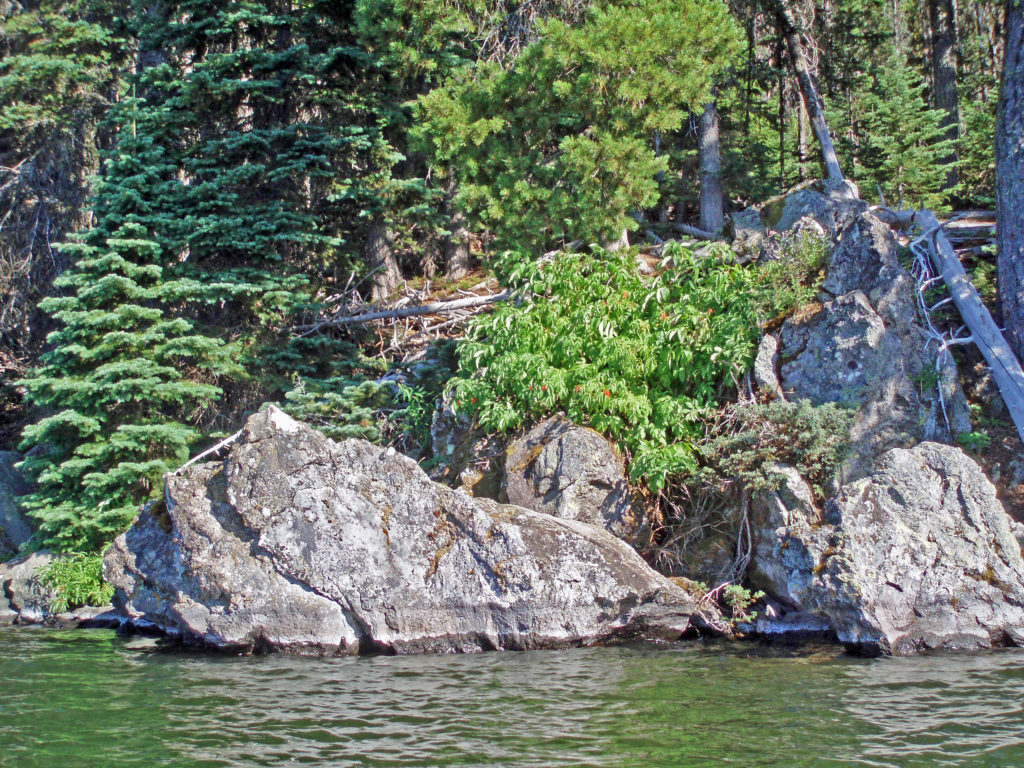 Hosmer Lake is located in the Deschutes National Forest. Check the Forest Service website for information on forest fire danger and possible use restrictions.
Hosmer Lake is located in the Deschutes National Forest. Check the Forest Service website for information on forest fire danger and possible use restrictions.
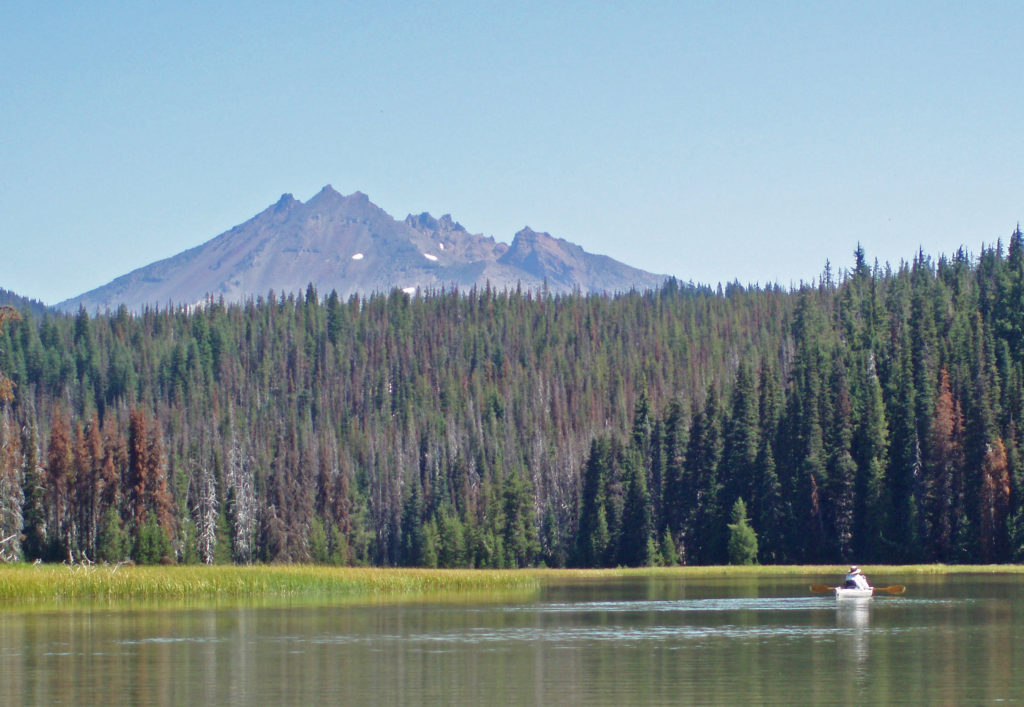
While Hosmer Lake is a worthy destination in its own right, there are plenty of other attractions in the immediate area. Elk Lake, a popular fishing and camping spot, is just west of Hosmer Lake. Sparks Lake, to the northeast, is another good canoeing and kayaking destination. There are a number of other lakes along the Cascade Lakes Highway, many trailheads along the highway that give access to the Three Sisters Wilderness, and many campgrounds in the area.
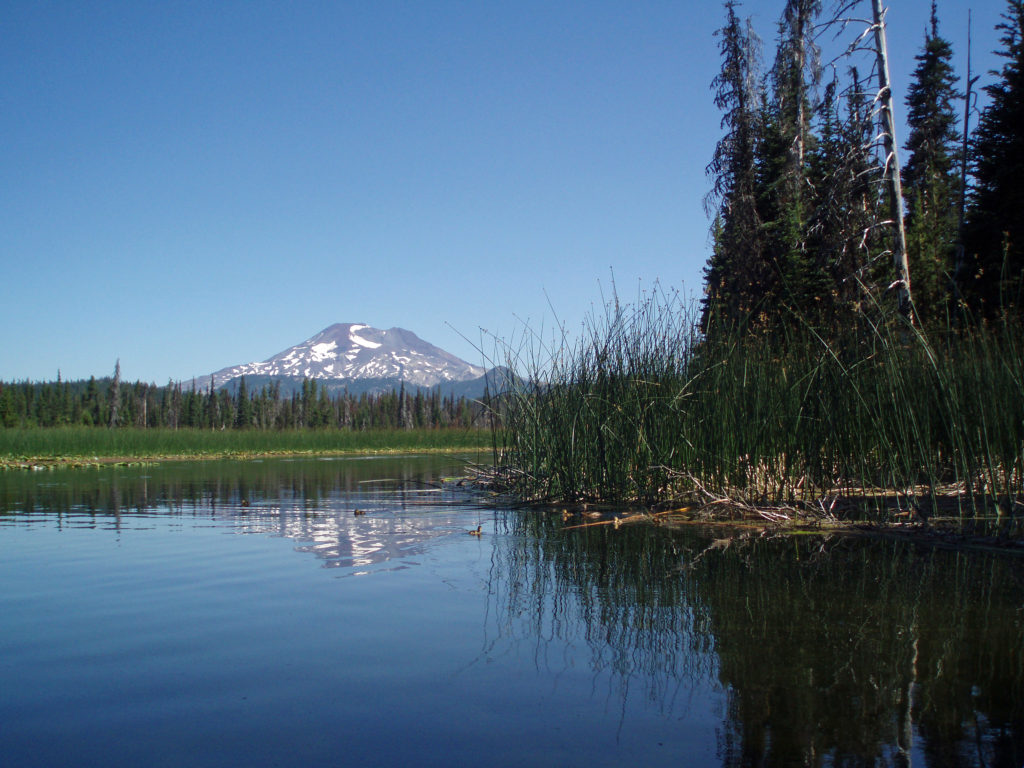
Nearby Mount Bachelor Resort is one of the prime alpine and Nordic ski areas in the Northwest, but it’s also worth a visit in the summer. Take a chair lift to Pine Mountain Lodge at the 7748 foot level and dine at the restaurant there. Then, if you’re adventurous enough, you can take the 3-stage, 1.3-mile long zip line that descends nearly 1400 vertical feet to the base of the mountain. Or just ride the chairlift back down and enjoy the magnificent views of the South Sister, Broken Top, and the surrounding area.
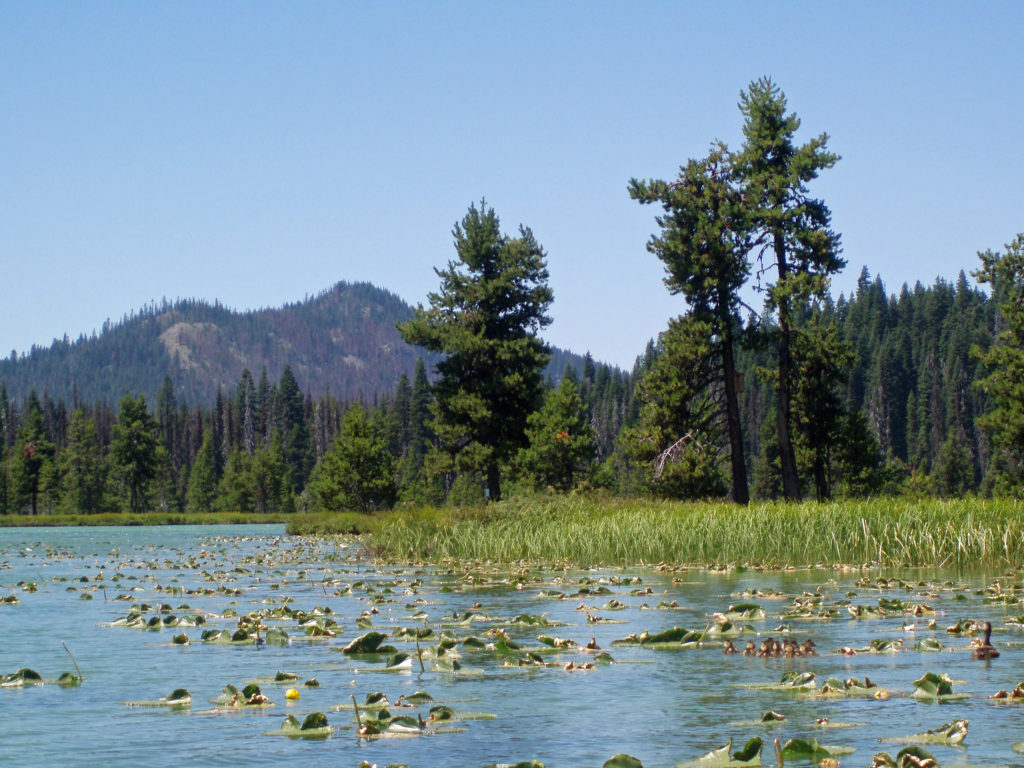
Originally posted December 10, 2018 by Alan K. Lee
Most recently edited and updated September 25, 2023
All photos © Alan K. Lee

